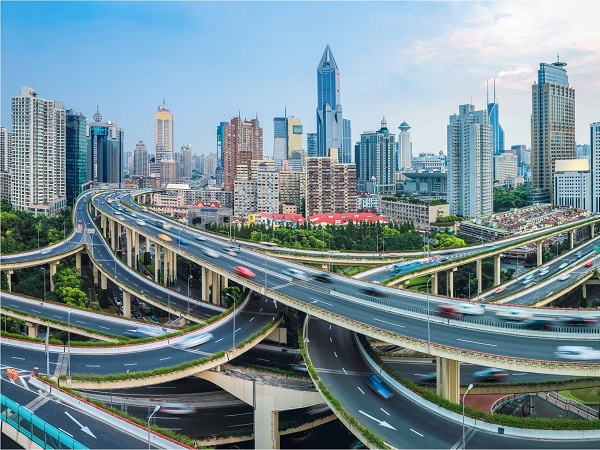
As the population continues to grow, it’s essential for city officials to think of ways on how to keep up with this change. A decade from now, it’s expected that more than 5 billion people would be living in an urban setting.
However, before we get to that kind of population density, it’s essential to optimize the cities first. That means making them smarter and better– this is where technology would play a significant role.
Cities all over the world work with developers and contractors to make city living better. It doesn’t matter if it’s improving the timing of traffic lights or developing an app which becomes very useful as smartphone penetration keeps on growing.
Apps, as well as well-designed technology, wouldn’t only allow the government to budget funds more efficiently, but it will also make cities smarter for the city dwellers. To make that possible, here are the top 3 technologies driving the future of intelligent city growth.
1. IoT Technology
The Internet of Things encourages greener, safer, and more efficient cities. Having the ability to connect devices, vehicles, and traffic devices, such as traffic cones, everywhere in a town, could reduce the risks of accidents, as well as energy and water wastage at the same time.
In smart cities, it’s essential that stakeholders would work together to offer the best technology solutions there is. This includes managed service providers, network operators, system integrator, and technology providers. They all have a role in providing smart city solutions.
The key is, to be able to build these solutions on an open, standard-based communication platform that would allow the experts to modify and reuse whenever necessary. With its proven reliability, matched with simple deployment and extensive reach, cellular is considered to be an ideal form of technology that can be connected to IoT applications.
2. Smart Lighting
As we talk about intelligent city enablement, intelligent lighting is something that we cannot ignore. Connected lamp posts can be managed and programmed to accomplish something for a city– to cut down power costs and help the city achieve sustainability goals. Aside from that, smart lighting also serves as a basis for a wide range of IoT initiatives that contribute in a smart city.
Lights are installed to where people are– this can be in significant thoroughfares, commercial districts, tourist spots, and the like. Lighting infrastructure is already attached to the power grid, as we all-fiber network. With light poles that are raised above the street, it provides an optimal location for small cells, which are the key enabler for almost everything in a smart city.
Small cell infrastructure manufacturers are also working on ways on how to efficiently integrate the RF equipment into their light poles. That means once the city is ready to replace the streetlights, they can efficiently utilize a pre-integrated solution that offers network density and creates a platform perfect for all kinds of IoT solutions.
3. Smart Roads
For the past few years, the government has been taking small steps to develop the city further. One great example of this would be the smart road transport that can also help in saving investing in road infrastructure, as well as transport systems.
One of the critical pillars of the transport system in cities is the individual road transport, but its proliferation has been affecting not only the roads but residents as well. For one, congestion makes road infrastructure inefficient, which leads to pollution and economic loss.
Everyone is looking for ways on how to find congestion efficiently, and there are two ways to make that happen– to reduce road traffic and look for ways on how to enhance road capacity. Considered to be the best option would be to reduce traffic through the help of technology, together with policy interventions.
One of the most efficient methods being proposed to reduce congestion would be through the use of congestion charge. This would ensure that the motorists driving around the city would pay compensation for negative consequences it has done to other road users. Likewise, it also discourages irresponsible driving.
Overall, smart technologies are helping smart cities become a better version of themselves. For instance, in San Francisco, they’re pioneering smart parking meters that adapt prices to demand. This discourages motorists from driving into the city center, as the rates increase when the parking spots are scarce.